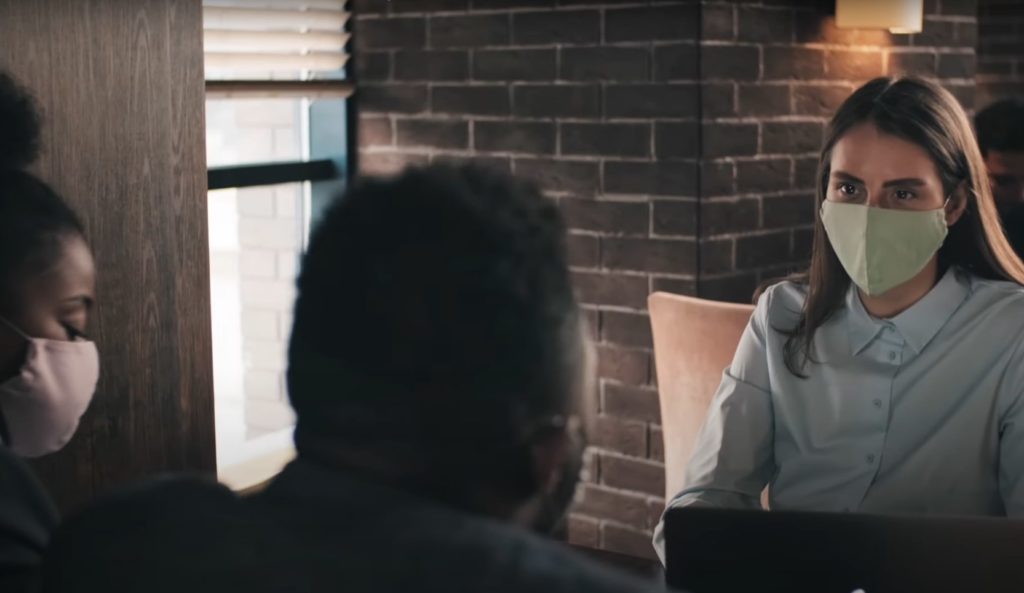There are a small minority of places that people go to frequently, which account for a large majority of COVID-19 infections in densely populated areas, according to a new modelling study.
The study recommends reducing the maximum operating capacity of places such as restaurants, gyms, cafes and hotels, as this can significantly reduce the rate of infection. It was published in the Nature journal on Tuesday, November 10.
“Our model predicts that capping points-of-interest at 20% of maximum occupancy can reduce the infections by more than 80%, but we only lose around 40% of the visits when compared to a fully reopening with usual maximum occupancy,” said Jure Leskovec at a press conference on Tuesday, according to CNN Health. Leskovec is a co-author of the study and an associate professor of computer science at Stanford University.
“Our work highlights that it doesn’t have to be all or nothing,” he said. The study also revealed that there are significant racial and socioeconomic inequities in the way coronavirus spreads.
Superspreader locations
The researchers used cellphone location data from Safegraph to model how COVID-19 could potentially spread in 10 of the biggest cities in the United States, namely, Atlanta, Chicago, Dallas, Houston, Los Angeles, Miami, New York, Philadelphia, San Francisco and Washington DC.
The data allowed researchers to examine the mobility patterns of 98-million people, down to the hour, between March and May this year.
The researchers then looked at the COVID-19 case counts for each area and scrutinised how often people visited specific non-residential locations or ‘points-of-interest’.
These points-of-interest included supermarkets, gyms, cafes, doctor’s offices, hotels, motels and places of worship.
“On average across metro areas, full-service restaurants, gyms, hotels, cafes, religious organizations, and limited-service restaurants produced the largest predicted increases in infections when reopened,” said the study.
Leskovec said that the model predicted that “infections are happening very unevenly — that there are about 10% of points-of-interest that account for over 80% of all infections, and these are places that are smaller, more crowded and people dwell there longer.”
People living in low-income neighbourhoods [based on census data] were more likely to have been infected, according to the model’s prediction, as places in those neighbourhoods are usually smaller in size, which leads to crowding and an increase in the risk of spread.
Leskovec said: “Our model predicts that one visit to a grocery store is twice more dangerous for a lower-income individual compared to a higher-income individual. This is because of grocery stores visited by lower-income individuals have on average 60% more people by square foot, and visitors stay there 17% longer.”
The study has its limits — the most notable one being that the model is based on a simulation and not a real-life experiment and the data is based on 10 metropolitan areas and is not representative of all the locations where someone could visit frequently, which have also been associated with spikes in COVID-19 infections, like schools, nursing homes and prisons.
CNN says more research is needed to determine whether similar results would prevail among different populations and places.
Picture screenshot from video

